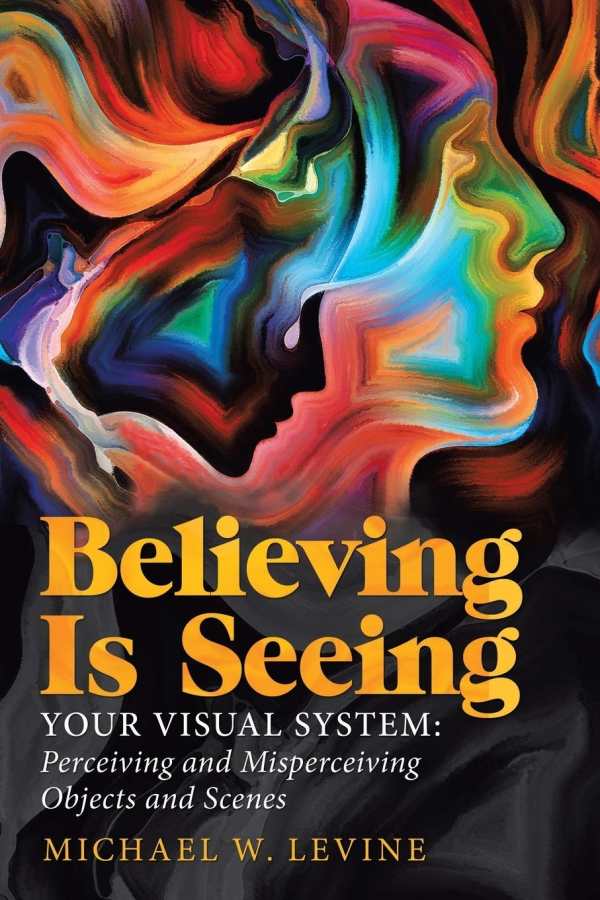
Believing Is Seeing
Your Visual System: Perceiving and Misperceiving Objects and Scenes
Believing Is Seeing is a concise scientific work concerned with human visual perception.
Michael W. Levine’s Believing Is Seeing is an accessible overview of the many ways that human eyes differentiate the light and stimuli they encounter, and of the contexts in which perception differs between individuals.
Levine’s four decades of research and study of the human visual system culminate in this approachable text. It begins by discussing what the eye does, and what parts of it must work in perfect succession in order to produce what is considered typical visual function. It then undertakes topical discussions of how human brains interpret the input they receive, from how they process ambiguity in optical illusions to perceptions and illusions of depths of field.
Interesting insights are shared about how those who recover their sight after a time without it process visual stimuli differently. The text concludes with an intriguing return to the ways that neurons participate in the experience of visual perception, with a nod to how researchers continue to explore how people store visual data for future use.
One of the book’s most interesting elements is its discussion of how people view optical illusions, and the ways that eyes handle these illusions differently. The section is both a visual break and a chance to see illusions in action. Side topics, including a foray into art history, result in illustrative insights on perception, while nonscientific examples, as with a reference to Flatland, open concepts to wider audiences. Discussions of disorders like simultagnosia, wherein small pictures cannot be resolved into a big picture, also hold interest. But the text also involves jargon, and its specialized concepts are introduced in too quick of succession, with information that will strike lay audiences as dry and clinical, while the book’s lists, as of the academic journals and job titles to whom its work might be relevant, are unnecessary and long-winded.
For reading ease, the book follows a thematic progression: it outlines topics, like concepts of reductionism and gestaltism, and covers each in a neat, straightforward chapter. The organization makes it possible to move between topics based on interest, especially since the text only builds on itself in the periphery. The book’s conclusion, which reinforces and expands on the ways the whole brain participates in perception, helps to cement its visual studies.
Fascinating and likely to prompt continued exploration, Believing Is Seeing is a concise scientific work concerned with human visual perception.
Reviewed by
Laura Leavitt
Disclosure: This article is not an endorsement, but a review. The publisher of this book provided free copies of the book and paid a small fee to have their book reviewed by a professional reviewer. Foreword Reviews and Clarion Reviews make no guarantee that the publisher will receive a positive review. Foreword Magazine, Inc. is disclosing this in accordance with the Federal Trade Commission’s 16 CFR, Part 255.
